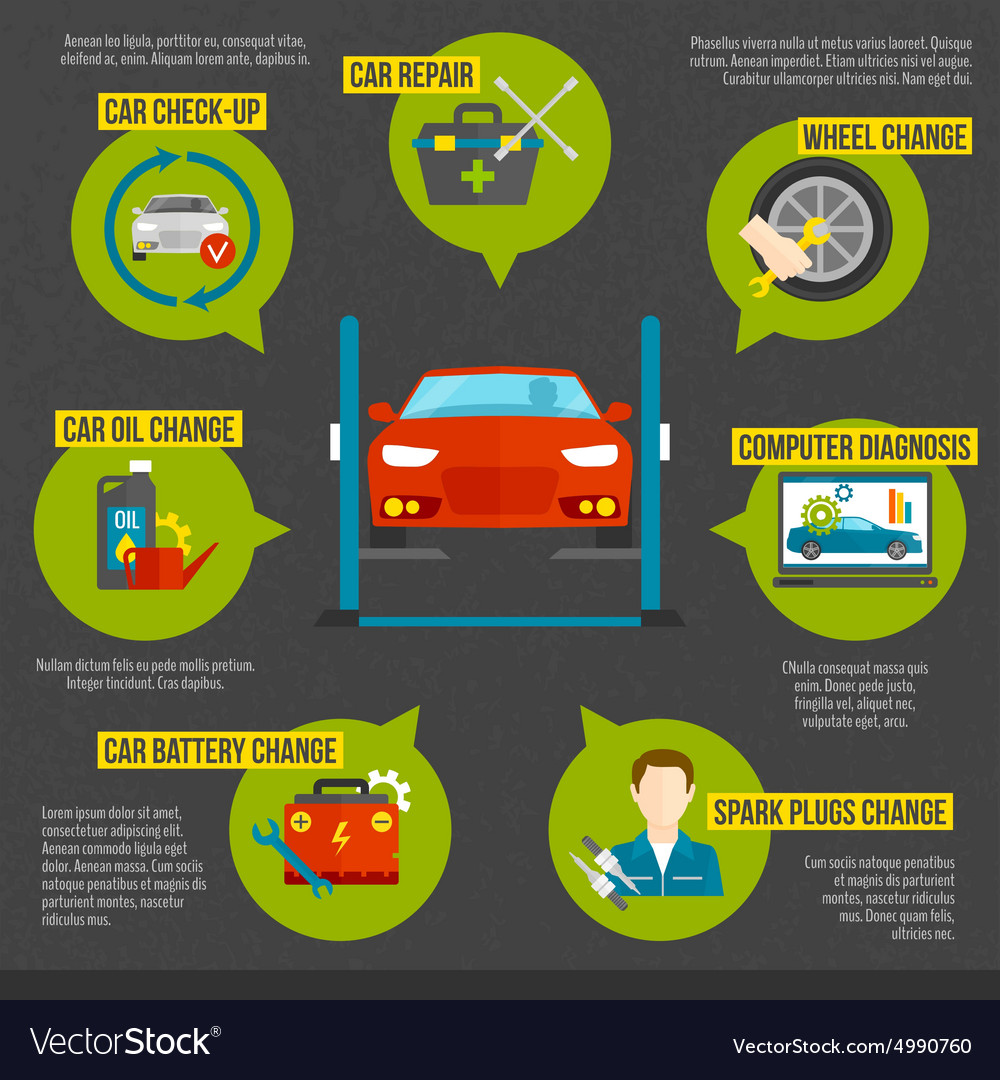Recognizing Your Automobile'S Warning Lighting: What Do They Really Mean?
Recognizing Your Automobile'S Warning Lighting: What Do They Really Mean?
Blog Article
Post Writer-Boye Dalgaard
When you're behind the wheel, those glowing caution lights on your control panel can be a bit bewildering. Do you understand what they're trying to tell you concerning your cars and truck's wellness? Understanding the importance of these lights is essential for your safety and the durability of your vehicle. So, the following time among those lights turns up, wouldn't you want to decipher its message accurately and take the essential actions to address it?
Common Caution Lights and Interpretations
Identify typical warning lights in your vehicle and comprehend their meanings to ensure safe driving.
The most regular warning lights include the check engine light, which signifies concerns with the engine or exhausts system. If Read More Listed here comes on, it's essential to have your lorry checked immediately.
The oil stress cautioning light suggests reduced oil stress, requiring instant focus to stop engine damages.
A blinking battery light may suggest a damaged charging system, potentially leaving you stranded otherwise resolved.
The tire pressure tracking system (TPMS) light alerts you to reduced tire pressure, impacting car security and gas efficiency. Disregarding this can lead to harmful driving problems.
The abdominal muscle light indicates an issue with the anti-lock braking system, endangering your capacity to quit promptly in emergency situations.
Last but not least, the coolant temperature cautioning light warns of engine getting too hot, which can result in extreme damage otherwise resolved promptly.
Comprehending these typical warning lights will help you resolve problems without delay and keep secure driving conditions.
Importance of Prompt Interest
Comprehending the typical warning lights in your cars and truck is just the very first step; the significance of without delay resolving these cautions can not be stressed sufficient to ensure your safety when driving.
When a warning light illuminates on your dashboard, it's your cars and truck's method of communicating a possible concern that needs attention. Overlooking these warnings can cause extra serious problems down the road, compromising your safety and security and potentially costing you extra in repairs.
Prompt attention to warning lights can stop malfunctions and crashes. For instance, a blinking check engine light can suggest a misfire that, if left neglected, can create damage to the catalytic converter. Addressing this quickly can save you from an expensive repair service.
Likewise, a brake system warning light could indicate reduced brake fluid or worn brake pads, essential parts for your security when driving.
DIY Troubleshooting Tips
If you discover a caution light on your control panel, there are a couple of do it yourself repairing suggestions you can try prior to seeking expert assistance.
The primary step is to consult your auto's handbook to comprehend what the specific caution light suggests. Occasionally the issue can be as easy as a loosened gas cap setting off the check engine light. Tightening up car detiling might settle the issue.
An additional typical concern is a reduced battery, which can set off various advising lights. Examining https://www.insurancejournal.com/news/southeast/2022/04/27/664836.htm for deterioration and guaranteeing they're secure might deal with the problem.
If a caution light persists, you can attempt resetting it by detaching the car's battery for a couple of mins and afterwards reconnecting it. In addition, examining your car's liquid levels, such as oil, coolant, and brake fluid, can aid repair cautioning lights connected to these systems.
https://milotkaqh.blogsidea.com/38437685/amazingly-hassle-free-mobile-cars-and-truck-detailing-services-not-just-save-you-money-and-time-but-also-boost-your-car-s-durability-uncover-just-how-they-can-change-your-regular , comprehending your car's warning lights is vital for maintaining your car running smoothly and securely. By immediately resolving these notifies and understanding what they mean, you can stay clear of pricey repair work and possible failures.
Keep in mind to consult your auto's guidebook for particular information on each warning light and act appropriately to guarantee a trouble-free driving experience.
Keep notified, remain safe when traveling!
